This 1947 Triumph 1800 roadster is meticulously restored—and regularly enjoyed
When I was young, my dad traded our four-passenger Singer for a 1954 Jaguar XK120. The XK120 remained with us until the late-1960s, but by then, it was too late—I had become a car person.
I moved to San Diego in 1976, and a few years later, I spotted an odd-looking car with a windshield in the trunk, which was quite strange. A closer look revealed folded seats in there, too! Turns out the car was a 1947 Triumph 1800 roadster that was owned by a local who, at one time, was a member of the San Diego Triumph Roadster Club. It found its way to an owner in Calexico, California, who then stored it in my friend’s warehouse. Little did I know that very car would someday be mine.
The Triumph roadster was designed in the closing days of World War II. Standard Motor Company bought Triumph in 1944, and managing director Sir John Black wanted a sports car to take on Jaguar, for which SMC had supplied engines before the war. The roadsters were built on an ash frame, with an aluminum bonnet and boot, and steel fenders. Production ran from 1946 to 1949, first as the 1800 model and then as the 2000.

The engine was a variant of Standard’s 1.5-liter four-cylinder side-valve design, which had been converted to overhead valves by Harry Weslake and built by Standard exclusively for SS-Jaguar before WWII. The Triumph version differed from the Jaguar version in having a 6.7:1 compression ratio (versus Jaguar’s 7.6:1) and a downdraft Solex carburetor instead of the Jaguar’s side-draft SU. It was mated to a four-speed on the column with synchromesh on the top three ratios.
With its rear windscreen, the 1800 roadster is probably the world’s smallest dual-cowl phaeton. It actually looks as if it were designed by two different people, because the longer front section doesn’t seem to flow with the very squat rear. A journalist old enough to remember the prewar Dolomite roadster that had inspired the 1800 felt that the elegant proportions of the earlier model had been abandoned in favor of a committee-based compromise, “a plump Christmas turkey to set against that dainty peacock.”
By 2014, I was on the hunt for a project. After some investigation and a choice between this car and two other Triumph 1800 roadsters, I decided to buy it and restore it to my own tastes. I spent the next four years sourcing hard-to-find components, correcting previous errors, fabricating parts, and rebuilding the car with help from many craftsmen around San Diego.
During the restoration, I joined the Triumph Club in England and was able to sell some of the parts I’d fabricated, including wiper knobs and stainless dash escutcheons, windshield wiper stops, rear window frames, and custom billet “Dickey Steps” for access to the rear jump seat. I gave it a two-tone paint job to help balance the proportions, and for more oomph, I installed a 2138-cc TR4A engine with dual Stromberg carburetors and a Ford 8-inch rear end. I also replaced the column- shift manual with a four-speed floor shifter, and I added Pertronix ignition and an electric radiator fan.
The 1800 roadster is the Welsh corgi of Triumphs—a little car in a big-car body. It is also a pleasure to cruise in, and it’s always a conversation starter at shows.


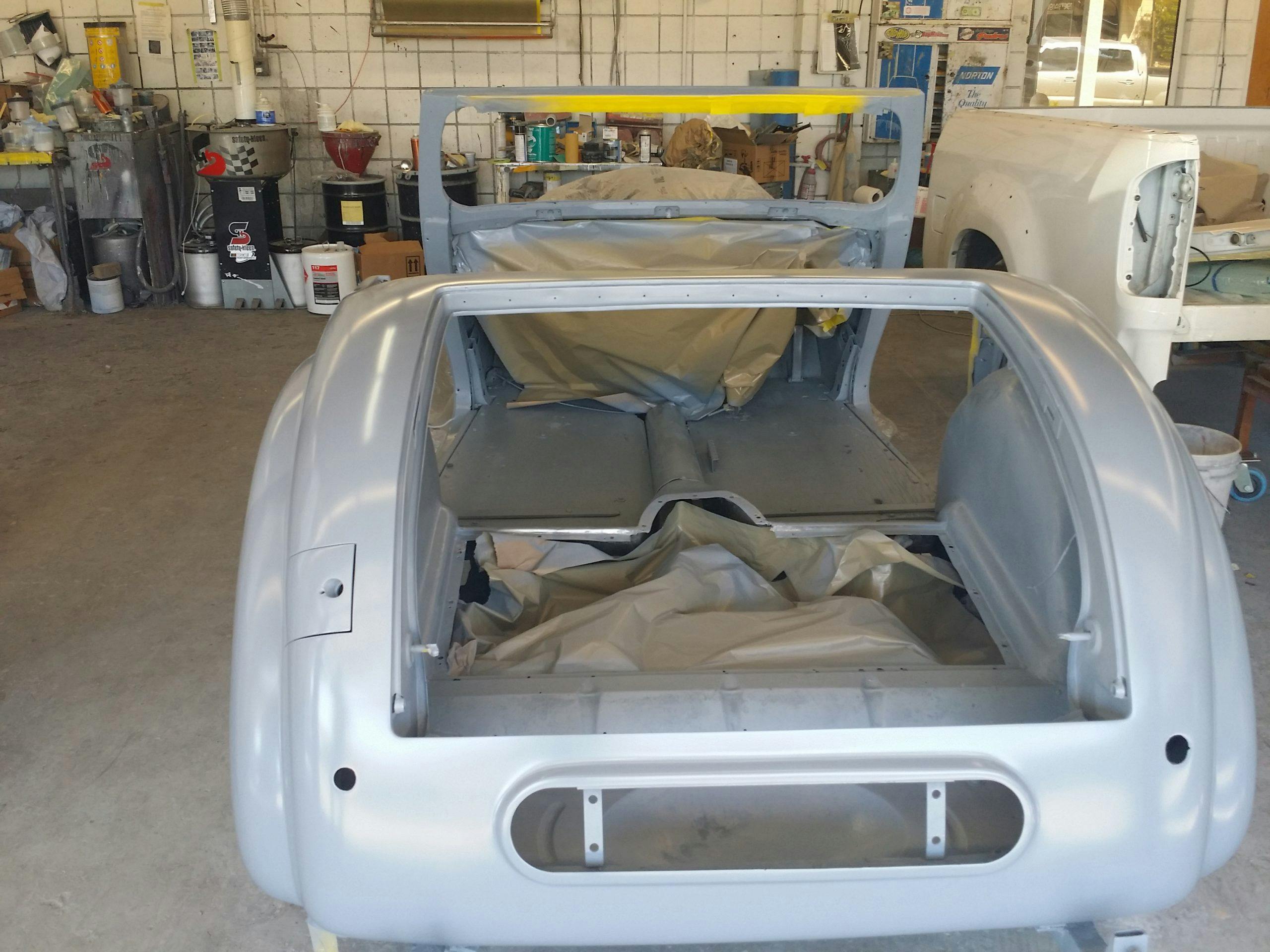
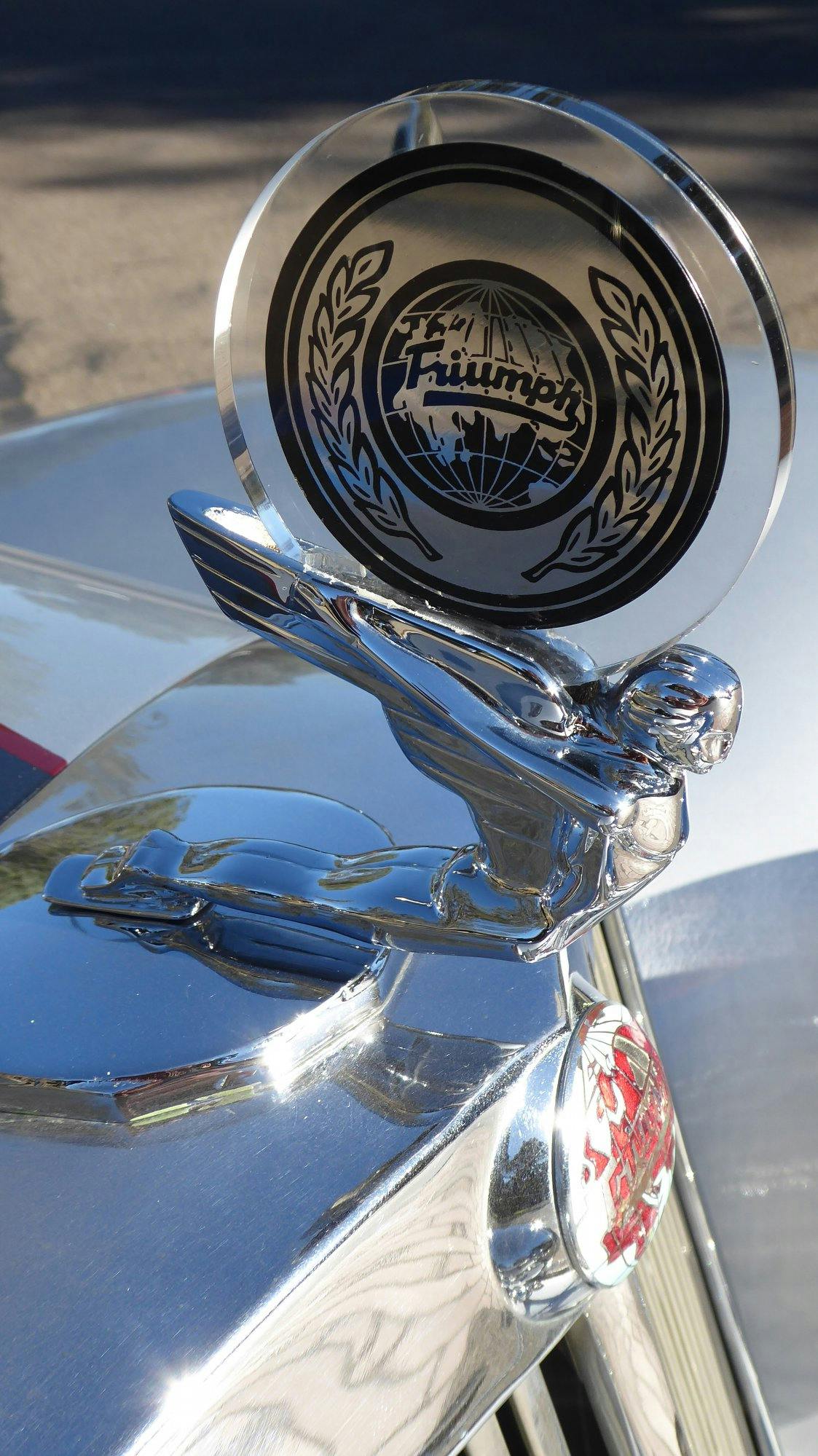
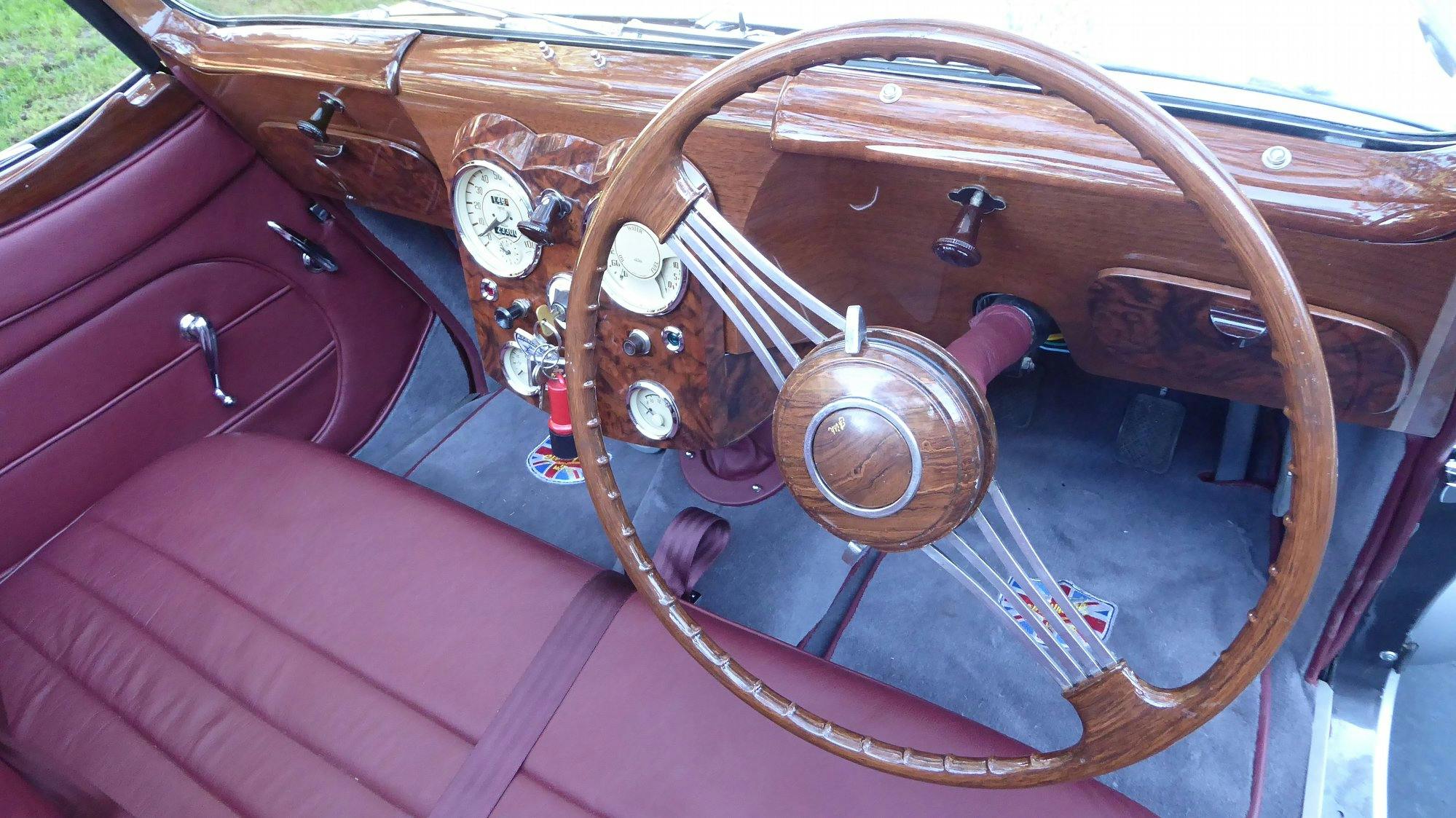
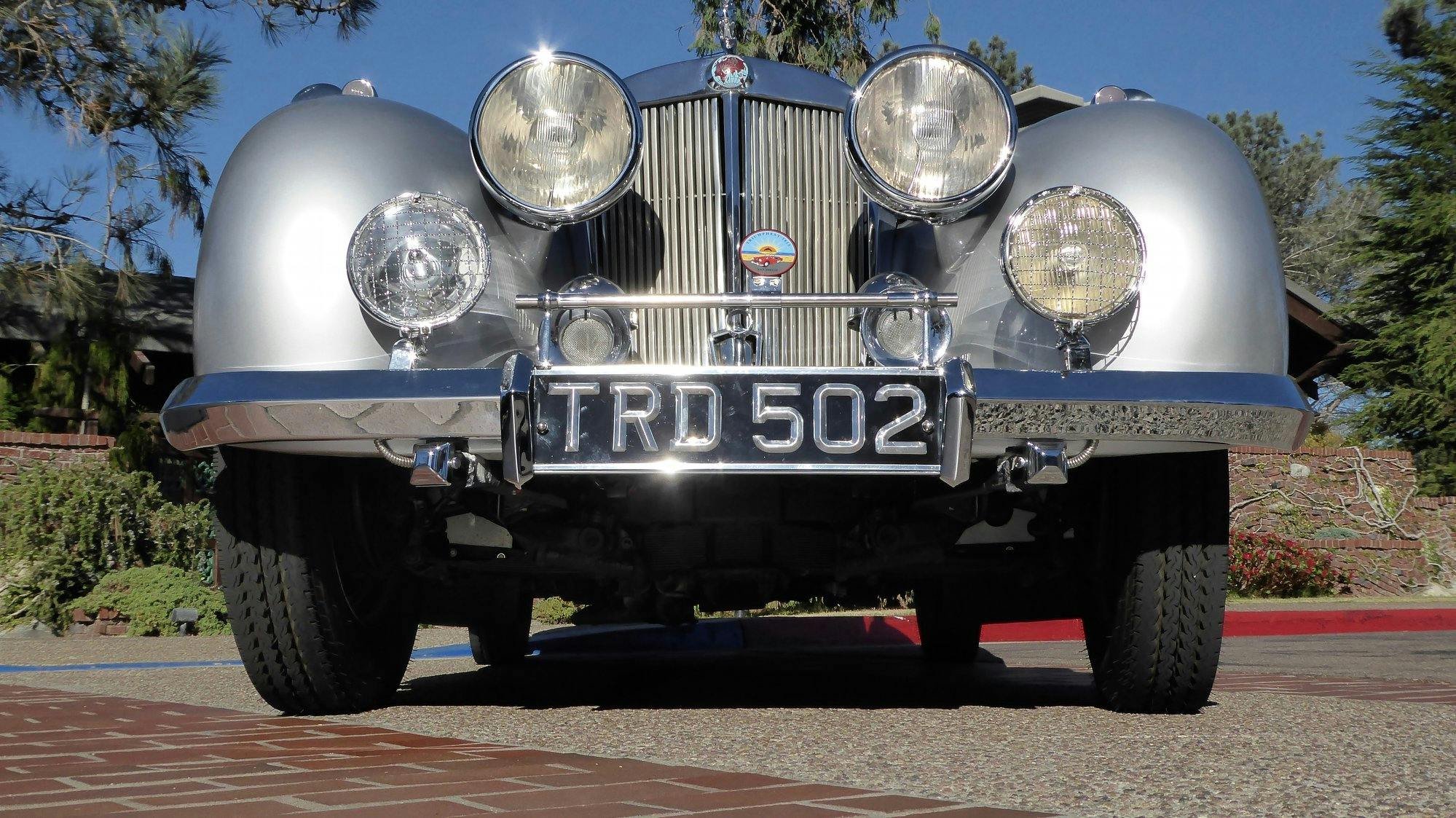
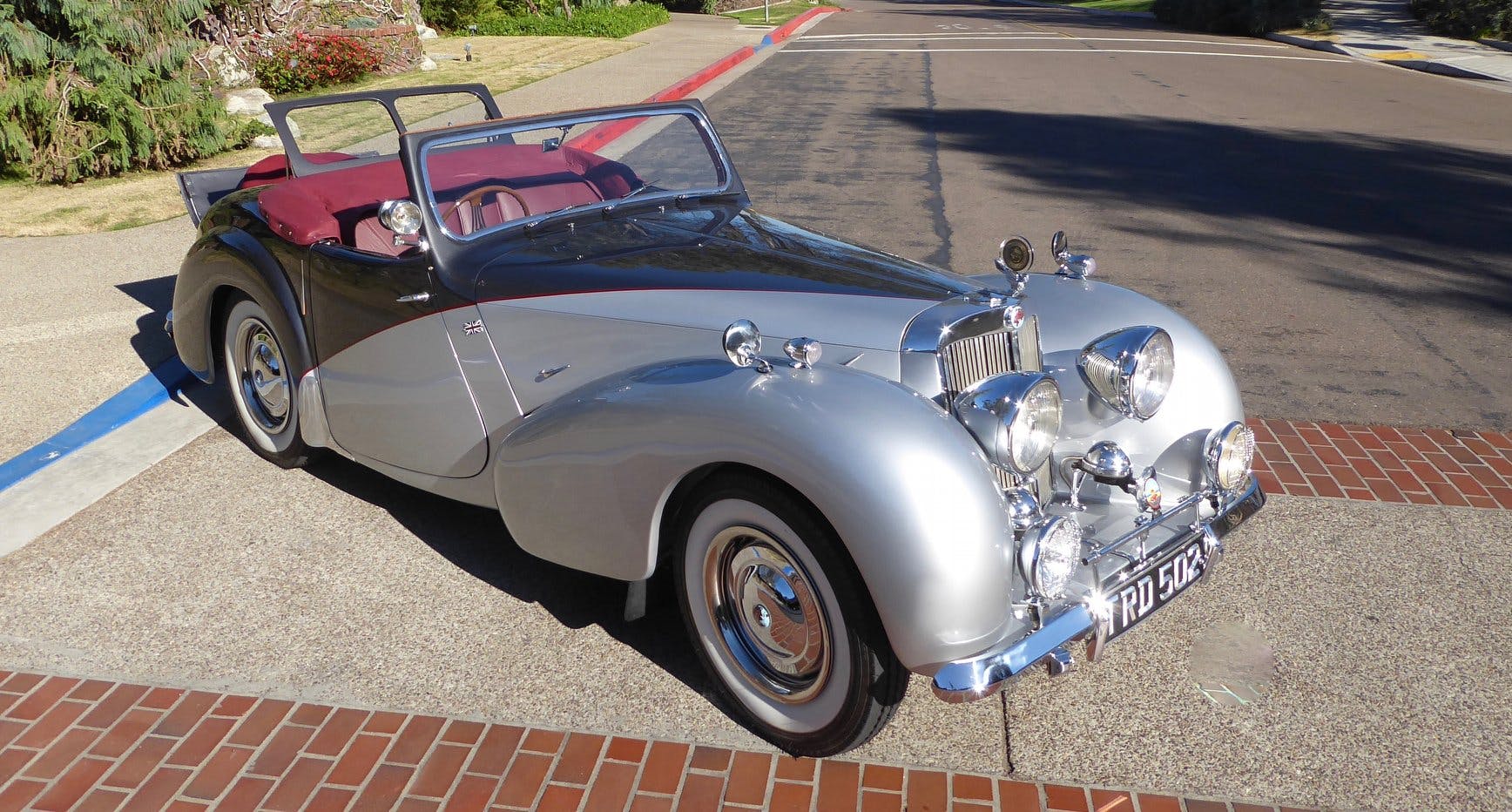
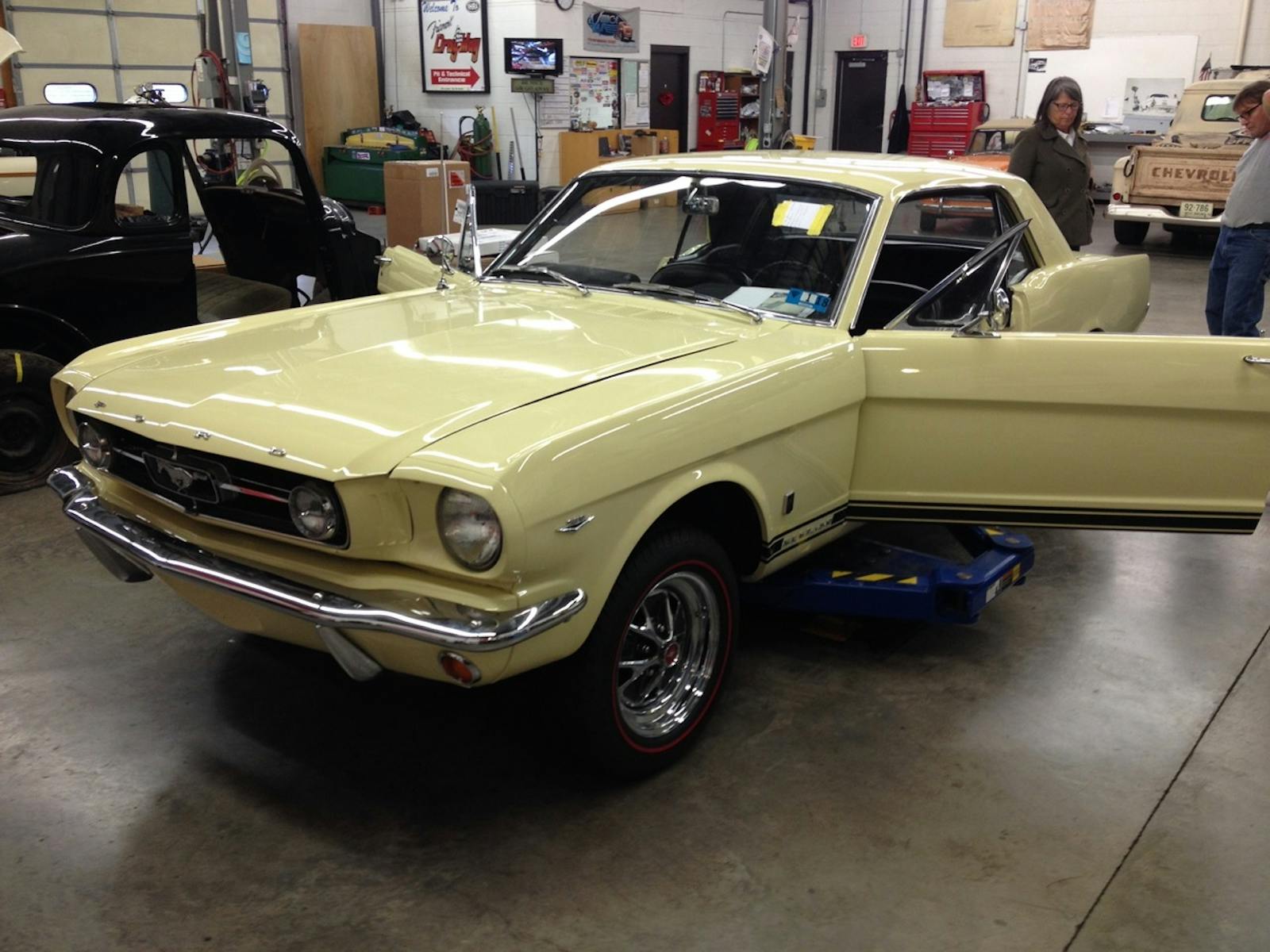
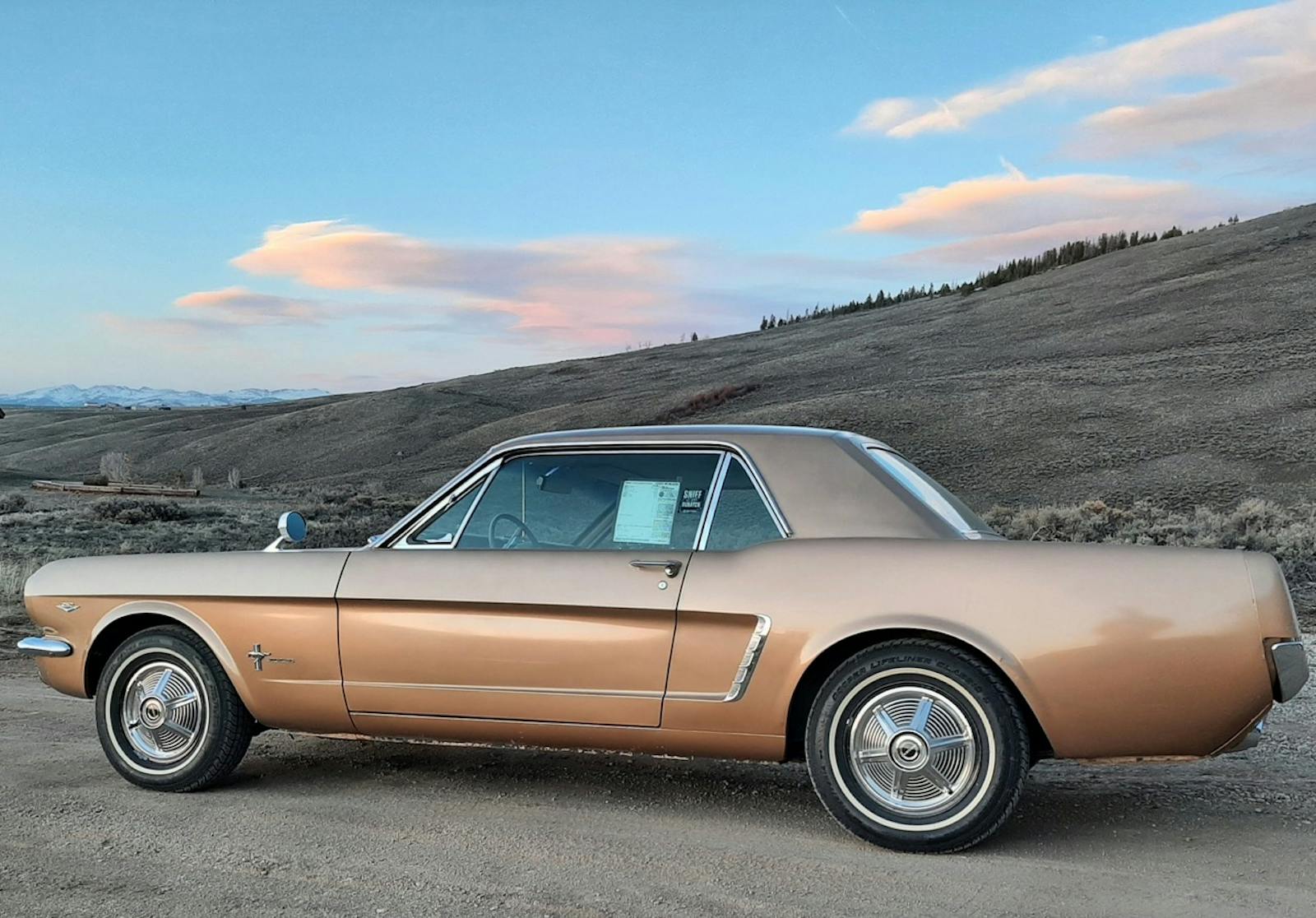
Thanks, I’m driving a TR7 in Los Angeles